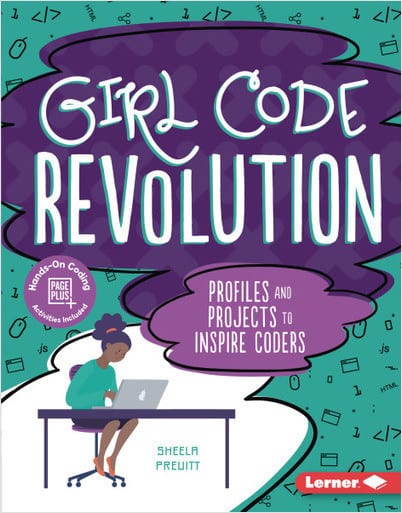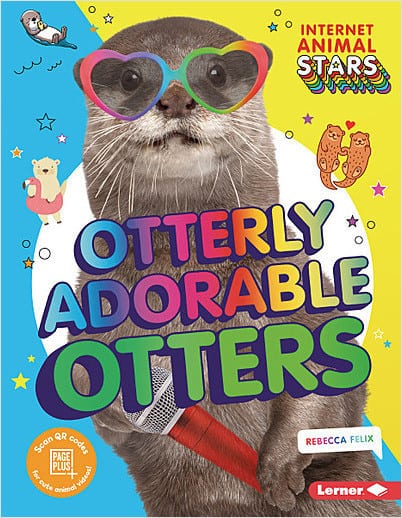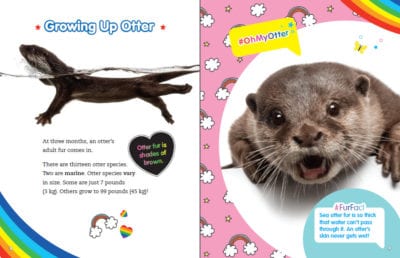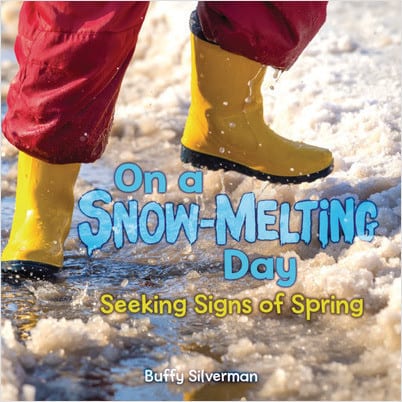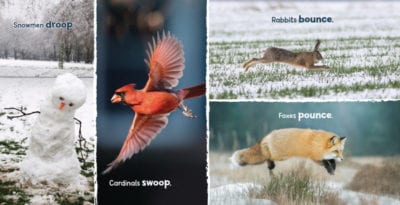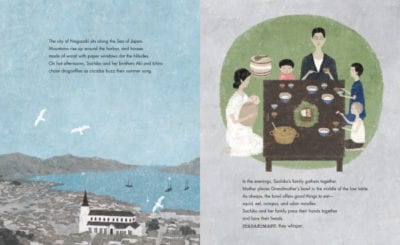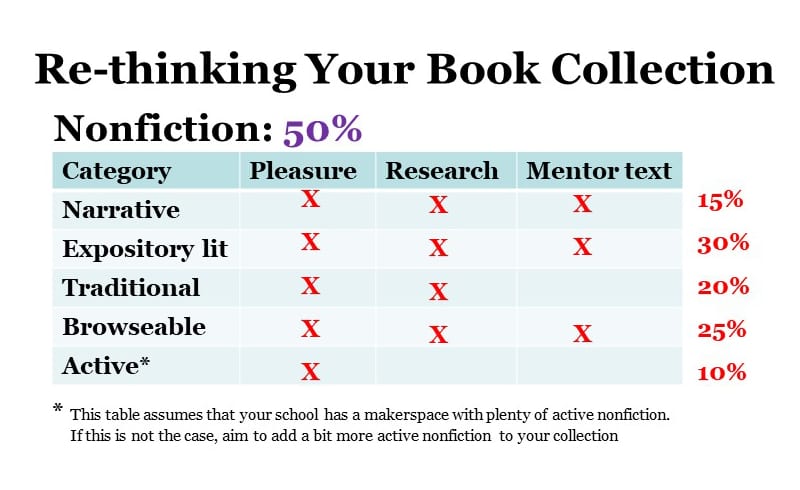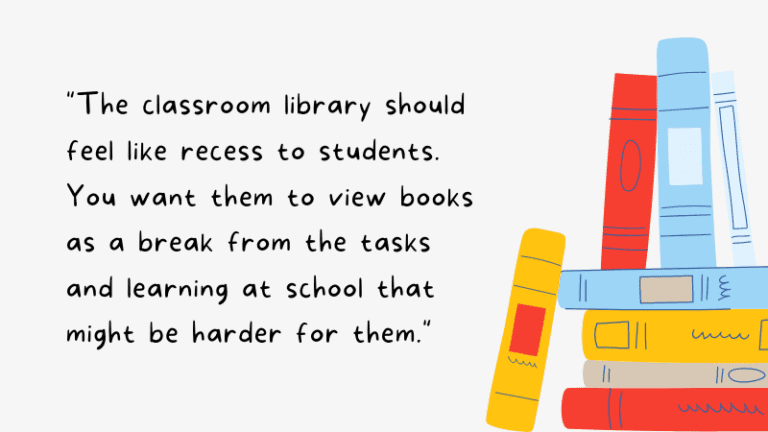Nonfiction books often fly off the shelves. Students want to read about topics that are interesting to them, and they have natural preferences for particular writing styles. That’s why nonfiction author Melissa Stewart decided to rethink the way we organize our collections by categorizing books into five kinds of nonfiction.
This categorization system helps students predict what they’ll find in each nonfiction book so they can quickly and easily identify which books they want to read and when. For example, one kind of nonfiction may be best to read when students have a broad interest in a new topic, while a different kind is more appealing when they’re searching for detailed information. Let’s examine these five kinds!
1. Active Nonfiction
These titles are interactive, and they teach skills students need to complete a project or activity. Think how-to books, cookbooks, craft books. These have clear, straightforward language and an expository writing style. Active nonfiction books are great for kids who are learning something new.
Awesome Example:
Girl Code Revolution: Profiles and Projects to Inspire Coders by Sheela Preuitt
Interest level: Grades 3-6
This book provides step-by-step instructions for interesting projects. In addition, it includes URLs to fun online coding activities.
2. Browseable Nonfiction
These books are highly visual with illustrations or photos. They can be read from cover-to-cover, or readers can skip around to read what interests them most. These are great titles for shared reading. Bring these books into a lesson when students already know information about a topic and have questions that require them to dig deeper and learn more.
Awesome Example:
Inside Submarines by Chris Oxlade
Interest level: Grades 3-6
This is an excellent example of a book that dives into a topic (literally). It’s all about submarine technology and strategy and what it’s like to live under the sea.
3. Traditional Nonfiction
Traditional nonfiction has a lot of description and straightforward information. These books provide an overview of a topic and are often part of a bigger series. Use traditional nonfiction to introduce a topic and build enough background knowledge for kids to generate questions that will spur them to seek out more books.
Awesome Example:
Otterly Adorable Otters by Rebecca Felix
Interest Level: Grades 1-4
This book is a great introduction to otters. It starts with kids’ innate interest and then teaches them about the animal and its habitat.
4. Expository Literature
If you’re looking for a read aloud, expository literature is a great go-to. These books have various text structures with strong writing elements, like voice and engaging language. Each expository book covers a single topic and presents it creatively. Use these when you want a new perspective on a topic or want to do a deep dive into something your students are interested in.
Awesome Example:
On Snow Melting Day: Seeking Signs of Spring by Buffy Silverman
Interest level: PreK-Grade 3
Expository text is so important for young children who are learning how to read nonfiction. With creative, descriptive language and sensory details, this book is a great way to start a conversation about seasons and change.
5. Narrative Nonfiction
Narrative nonfiction books tell true stories about people and events. Use these to help students develop a deeper understanding of a time or place, a person, or process. Narrative nonfiction books are also great mentor texts that show how writing chronologically can communicate nonfiction information.
Awesome Example:
A Bowl Full of Peace: A True Story by Caren Stelson
Interest Level: Grade 1-5
This is a great example of how a picture book can make a story really memorable. This book shares the story of Sachiko Yasui, a survivor of the atomic bombing of Nagasaki, and her message of peace for the world.
Looking to fill your shelves with a better collection of nonfiction?
Evaluate your collection by adding the following kinds of nonfiction, recommended by Stewart.
Get a free printable poster to help students choose nonfiction books.
Want to help your students find their next favorite book to read? Just click the orange button below to get a free printable poster to hang in your classroom or library featuring the 5 Kinds of Nonfiction.


